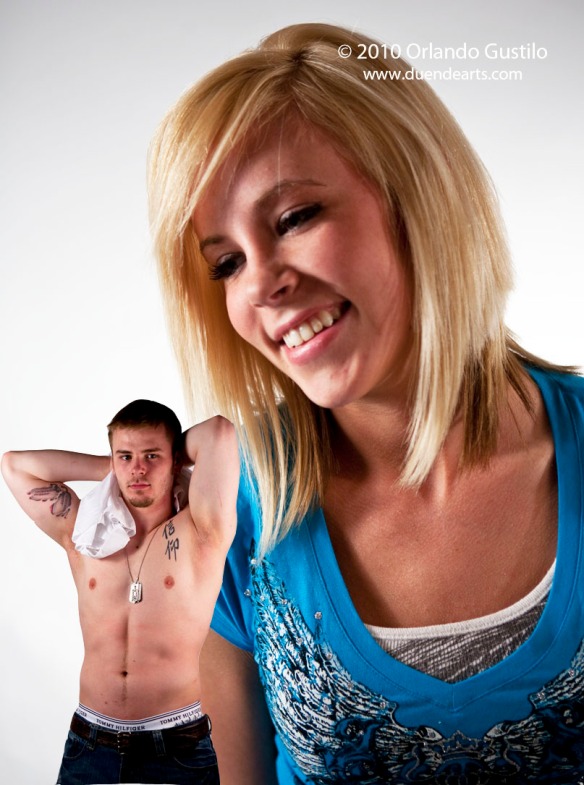I enjoy company but there’s a tradeoff. I am not as focused when I am with others. My mind is not as sharp; I don’t see things as clearly. When I have company I do as much of the work before they arrive. Once they arrive I know I’ll be scatter-brained. My sauces are watery, my salad dressing bland. So I learn to do the work that requires precision before the company arrives.
On the other hand, when I am with one person whose company I enjoy, another kind of energy arises. I am more social. I take more risks. I worry less, I enjoy more. I am not as productive but I am more creative in the delights of enjoyment. I think maybe creativity comes in different kinds. Artistic creativity, for instance, may benefit from company because we exchange ideas and compete with each other but the actual work of creating we do in the quiet of our solitude. An artist may be a gregarious person but when creating he withdraws into himself. He becomes antisocial. Company is a distraction as anything is that is not part of the production process. Even preparatory chores like cleaning the workspace or changing clothes or getting a glass of water feel onerous. Creative energy is a monomaniacal master, jealous and unforgiving.
Last night I watched two videos from David Nightingale’s workshop on creating black-and-white images. I still find using curves and masks in Photoshop unwieldy. I get lost trying to understand what it is that I am doing, for instance when I am “erasing” or using a black brush as opposed to using a white one, what I am actually doing to the pixels of the digital file.
I did manage to produce this image of Arron that was encouraging. Using curves adjustment is considered by some to be one of the most advanced techniques in photo-editing because you have to rely on how you see the image. It’s something we learn to use better as we use it more and get a feel for the effect we create manipulating various points on the “curve.”
Processing digital images is very much like painting. I am not trying to recreate “reality” but make the image have a similar impact on the mind and senses as the object I photographed and those are two different things!
Slowly I am getting to grasp this and slowly understand a little more about the so-called creative process. Imitating “real” objects is not what it means at first glance. An artist works with his own mind as much as with the “thing out there” that is inspiring his creation. Art is a mind-to-mind transmission, just as Buddhism says enlightenment is! If it is not then real roses are better than a painting or a photograph of roses.
But roses wither and die while art works stay on and on, preserving their power to re-create the effect of vibrantly alive roses to other minds and they keep doing this into the foreseeable future!







